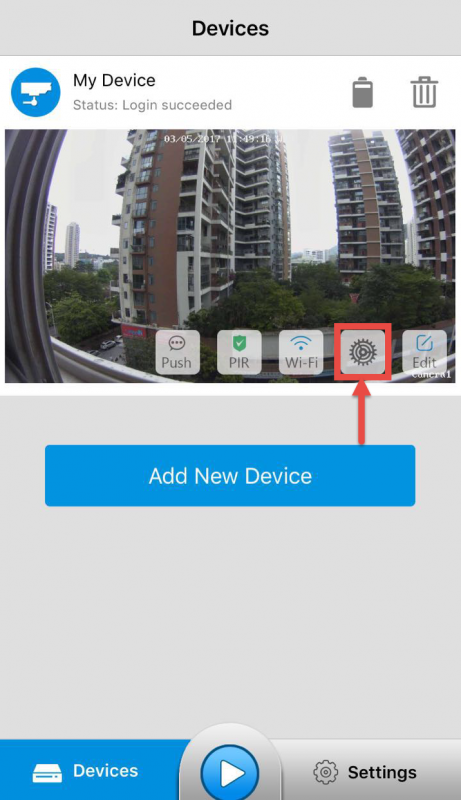

- #Reolink client motion settings full
- #Reolink client motion settings pro
- #Reolink client motion settings free
The camera also has very bright infrared LEDs for great nighttime viewing, though the spotlight of the Argus 3 Pro and Lumus isn't present.

The high video resolution combines with the optical zoom for better picture quality when looking at distant objects than other Reolink cameras.
#Reolink client motion settings full
Learn more in our full Reolink Argus 3 Pro review. We recommend it over those brands if you don't mind reduced smart home functionality, fewer advanced video settings, and a battery you can't swap out. Overall, we had a good experience testing the Reolink Argus 3 Pro and think it competes well with Arlo Pro 4 and Ring Stick Up Cam. This solar panel is about half the cost of similar accessories for Arlo and Ring outdoor cameras. But you can buy a $25 Reolink solar panel to top it up outdoors. You can't remove the battery, which means the camera won't be as useful as the battery ages and loses capacity. This camera comes with weatherproofing and a built-in rechargeable battery, so you can use it indoors and outdoors as long as it's in range of a Wi-Fi network. Time-lapse isn't very practical for security but shows that the Argus 3 Pro has an artistic side. This allows you to capture videos over a long time, resulting in a cinematic effect. Still, it comes with an awesome time-lapse feature if you put in a microSD card. You won't find too many advanced features (like motion zones) on the Reolink Argus 3 Pro, though it supports smart motion detection (person and vehicle). We wish the field of view were a little wider since most wireless cameras average around 130º, and many go even wider (160º on Arlo Pro 4), but it's good enough for most folks. This pairs well with the camera's 1440p (2K) video to produce top-tier video quality. (This is only useful because Reolink allows you to set the bitrate on its cameras.)Īmong the Reolink cameras in this review, the Argus 3 Pro has the widest field of view at 122º, so it can see more of a given space. Reolink has a great chart on its support site showing microSD card video capacities based on bitrate. If that doesn't work, decrease the bitrate and/or resolution (this affects image clarity). This might affect the overall quality of the videos, so we recommend starting with a lower frame rate (preserves picture quality at the expense of less smooth motion).


#Reolink client motion settings free
But it's free if you already have a spare microSD card lying around (we recommend 16 GB, 32 GB, or 64 GB for most folks). It's cheap because even a 64 GB microSD card costs less than $15, with many models coming in lower than $10.


 0 kommentar(er)
0 kommentar(er)
